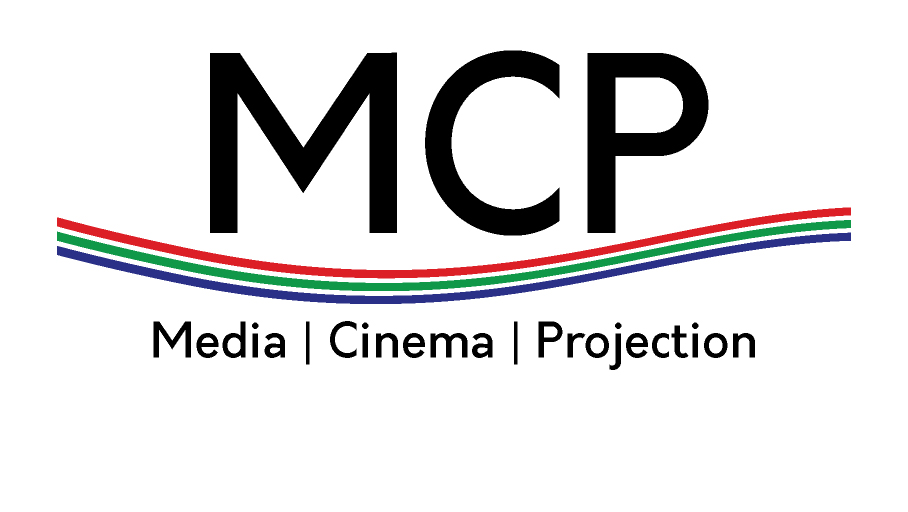
During 2018 I acted as the technical consultant on a project with the Independent Cinema Office to show archive footage of some of the new towns in empty shop windows over the December period. There were a number of challenges that the brief of the project provided – firstly it had to be as simple and cost-effective way as possible, initially, there were going to be a large number of different sites that were planned to show the content. Secondly, the moving images were going to be shown for anything up to 12-18 hours each day, providing challenges around turning equipment on and off along with remote monitoring and support. The cost of having a remote network option to monitor and control the equipment was just too expensive for this project – a 4G data connection for each installation would probably have been possible, but still quite expensive and complex, along with relying on being able to get a signal. The setup had to also be quick and easy to install, use, remove and ideally be able to be repurposed if necessary.
 and start the playing of videos after one minute as a screensaver. The archive video was on a high-speed USB memory stick and (for technical reasons) duplicated enough times to equate to the length of time the screen was going to be on each day (between 18-24 times). The Pi then was on a timer so that each morning it would automatically turn on and off at the end of the day. The timings were such that the happened before and after the projector was turned on and off. In an ideal world the projectors would also be turned on and off automatically, but with the basic configuration, and because at one point there was a chance that there would be volunteers around as well, it would mean that the projector would not cool down properly. So instead each projector was manually turned on and off each day.
and start the playing of videos after one minute as a screensaver. The archive video was on a high-speed USB memory stick and (for technical reasons) duplicated enough times to equate to the length of time the screen was going to be on each day (between 18-24 times). The Pi then was on a timer so that each morning it would automatically turn on and off at the end of the day. The timings were such that the happened before and after the projector was turned on and off. In an ideal world the projectors would also be turned on and off automatically, but with the basic configuration, and because at one point there was a chance that there would be volunteers around as well, it would mean that the projector would not cool down properly. So instead each projector was manually turned on and off each day.
For me, one of the biggest challenges and unknowns was around the use of a projection film, rather than the more traditional projection screens. This material is specifically designed and used for this sort of installation, but it was the first time that I had made use of it in a project. The projection film is pretty expensive and like a thick lament, and comes in a variety of different specifications. The film allows for an image to be back-projected through it, which was perfect for this project. The challenge is that shopping centres and shop windows, in general, are bright locations which are not natural locations for projectors, however, the projection film has a version where the specification is specifically for those environments. One of the biggest challenges was that it was a new material to use, and it took a while to get it right in terms of actually

installing it on the windows so that it looked right (the secret is lots of water!).
